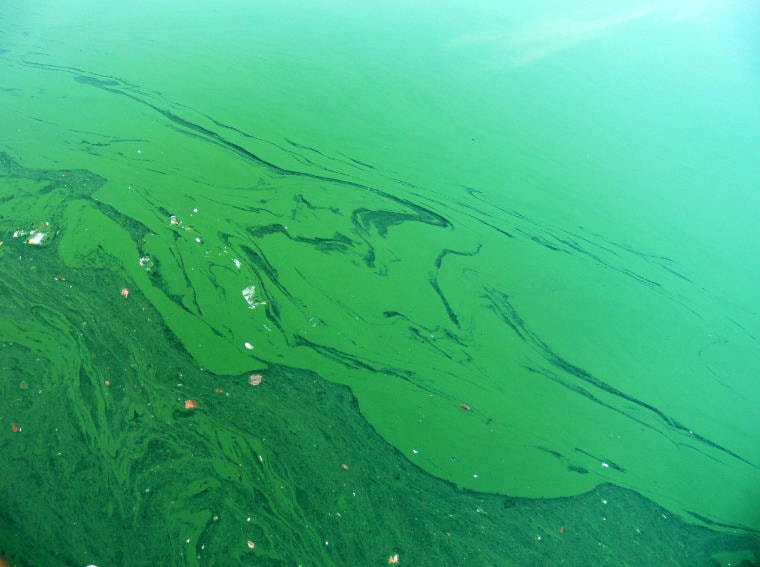Summer brings many things, including enjoying our time on the many lakes in Northern B.C. For those living on lakes year round, part time, or just visiting, it’s important to stay healthy while enjoying the experience.
With the warming weather, blue-green algae (cyanobacteria) blooms may appear in lakes across Northern B.C. Blue-green algae are naturally occurring and can look like scum, grass clippings, fuzz or globs on the surface of water. It can be blue-green, greenish-brown, brown, or pinkish-red, and often smells musty or grassy.
People who come in contact with visible blue-green algae, or who ingest water containing blue-green algae, may experience skin irritation, rash, sore throat, sore red eyes, swollen lips, fever, nausea and vomiting or diarrhea. Symptoms usually appear within one to three hours and resolve in one to two days. Symptoms in children are often more pronounced.
Residents living near the shores of lakes, as well as visitors and those making day-use of lakes, are advised to take the following precautions:
- Avoid all contact with blue-green algae blooms. If contact occurs, wash with tap water as soon as possible.
- Do not swim or wade (or allow your pets to swim or wade) in any areas where blue-green algae is visible.
As a reminder, Northern Health recommends that visitors and residents do not drink or cook with untreated water directly from any lake at any time. Boiling lake water will not remove the toxins produced by blue-green algae.
An alternate source of drinking water should also be provided for pets and livestock. Pet owners should be wary of allowing pets to walk off-leash where they may be able to drink lake water – illnesses are a common outcome.
Weather and wind conditions can cause algae blooms to move from one location in the lake to another. Given the shifting nature of algae blooms and the ever-changing potential for toxicity from day to day, testing for toxins is not always reliable. Instead, it is safest to assume the blooms may contain toxins and adhere to the precautions.
If you suspect a problem related to blue-green algae you are welcome to connect with the Ministry of Environment at EnvironmentalComplaints@gov.bc.ca. If you require further information on health concerns, call Environmental Health at 250-565-2150. Additional information is also available at http://www.healthlinkbc.ca/healthfiles/hfile47.stm.
Contributed by Northern Health.
READ MORE: Biologist will be monitoring wildfire impacts on aqua culture and runoff
